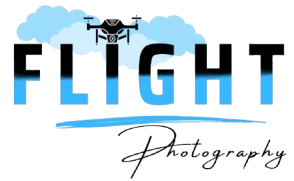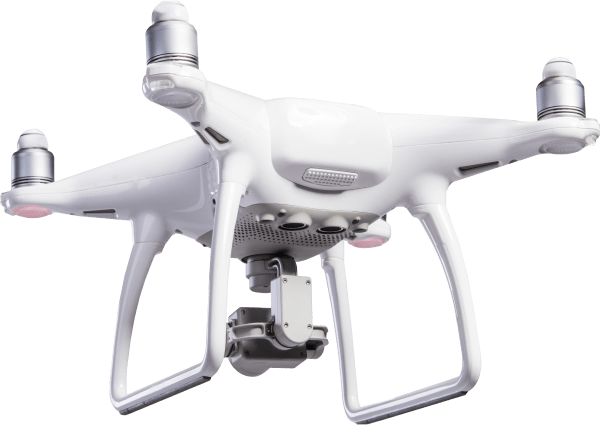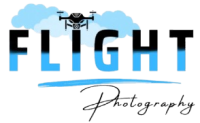Drone photography has transformed how we capture events, properties, and moments. From sweeping wedding shots to detailed real estate visuals, drones offer fresh perspectives. But behind these stunning images lies an important foundation: safety protocols. If you’re hiring a drone photographer, it’s worth understanding what measures are taken to keep people, equipment, and airspace safe.
Let’s break down what clients should expect when it comes to safety in drone operations.
Why Safety Protocols Matter in Drone Photography
Whether flying over a wedding venue or hovering near a crowded public event, drones aren’t toys, they’re flying machines with blades, batteries, and complex electronics. A simple misstep can result in:
- Personal injury
- Property damage
- Legal issues
- Project delays
That’s why experienced professionals prioritise safety above all else.
If you’re booking a drone service for your event or business, knowing the safety standards helps you make a smarter choice.
Legal Requirements for Safe Drone Flights in the UK
In the UK, drone pilots must follow Civil Aviation Authority (CAA) regulations. These rules exist to keep both people and airspace safe.
Some key legal safety protocols include:
- Holding an Operational Authorisation from the CAA (previously PfCO)
- Maintaining line of sight with the drone during flights
- Flying under a maximum altitude of 400 feet
- Keeping a safe distance from people, vehicles, and structures
At Flight Photography, all aerial shoots are operated by licensed, insured professionals trained to meet CAA requirements.
Pre-Flight Planning and Risk Assessment
Before a drone ever leaves the ground, a lot of work happens behind the scenes.
Professional teams perform detailed pre-flight checks including:
- Evaluating the airspace for restrictions or no-fly zones
- Assessing the weather for wind, rain, or poor visibility
- Surveying the location for obstacles like power lines or trees
- Identifying emergency landing zones
This kind of risk assessment ensures that the flight is safe for everyone in the area.
Equipment Safety Checks
Safety protocols also involve inspecting the drone equipment thoroughly. Reliable aerial teams check:
- Propellers for cracks or wear
- Battery health and charge levels
- GPS signal strength
- Camera settings and mounts
Each flight includes a full pre-flight and post-flight checklist. This reduces the chance of malfunction mid-air.
Keeping People Safe During Aerial Shoots
For events, shoots, or public areas, keeping people safe is the top priority. This includes:
- Setting up safety barriers or no-go zones if needed
- Making public announcements before flying
- Having an observer or spotter assist the pilot
- Maintaining a safe distance from crowds or performers
This becomes especially important during weddings or group photography, where drone operators must capture people-focused shots both safely and beautifully, as shown in professional examples of group and couple photography.
What Clients Should Ask Before Booking
If you’re considering drone services, here are some useful questions to ask:
- Are you CAA certified and insured?
- How do you handle safety at busy events?
- What’s your emergency procedure if something goes wrong?
- Do you perform site risk assessments?
- What are your weather policies?
At Flight Photography, these protocols are standard, not extras. Transparency is part of what makes the experience reliable.
How Weather Plays a Role in Drone Safety
One of the most unpredictable factors in drone safety is the weather. Strong winds, rain, fog, and low light can all impact safe flight. Learn more about how weather conditions affect aerial shoots.
Professional teams won’t take unnecessary risks. If the forecast is poor, they’ll suggest rescheduling or adjusting the plan.
Data Security and Privacy Protocols
Safety doesn’t only apply to flying, data handling matters too. Responsible drone operators:
- Follow GDPR guidelines
- Avoid capturing unnecessary or sensitive areas
- Store footage securely
- Get consent for people-focused shoots
This is especially relevant when working in residential or commercial environments, such as when photographing properties. Discover how aerial photography helps sell homes faster while respecting privacy.
Drone Safety in Industrial or Surveillance Work
In some cases, drone work involves sensitive sites, construction zones, large venues, or security-focused projects. Safety measures here can be more advanced.
For example:
- Coordination with on-site teams
- Wearing high-visibility clothing
- Using dual-operator control systems
- Drone tracking and telemetry logging
You can read about the evolving use of drones in security and surveillance.
Real-Life Scenarios That Require Heightened Safety
Some specific shoot types where extra protocols are essential:
- Event coverage: To avoid flying over crowds
- Urban shoots: Where space is tight and signals may be weaker
- Night flights: Require special permissions and lighting
- Commercial shoots: Where branding, privacy, and legal concerns overlap
For example, capturing dynamic footage for marketing or real estate requires precision. Learn how this is achieved with cinematic aerial videography.
The Role of Communication
Finally, great safety practices rely on communication. Pilots should:
- Brief clients before the shoot
- Set expectations for flight zones and noise
- Keep you informed about delays or weather risks
Clear communication builds trust. Clients are part of the safety plan too, especially when events are in motion or people are involved.
Safety Is a Shared Responsibility
The beauty of drone photography lies in its ability to show us new angles, safely. While drone operators carry the bulk of responsibility, informed clients play a part too.
By choosing certified, experienced teams and asking the right questions, you can ensure your shoot is not only successful, but also safe from takeoff to touchdown.
Explore more about what goes into a successful drone shoot on Flight Photography’s blog. Or, if you’re ready to book a reliable and safety-first drone team, get in touch through our aerial photography services page.


